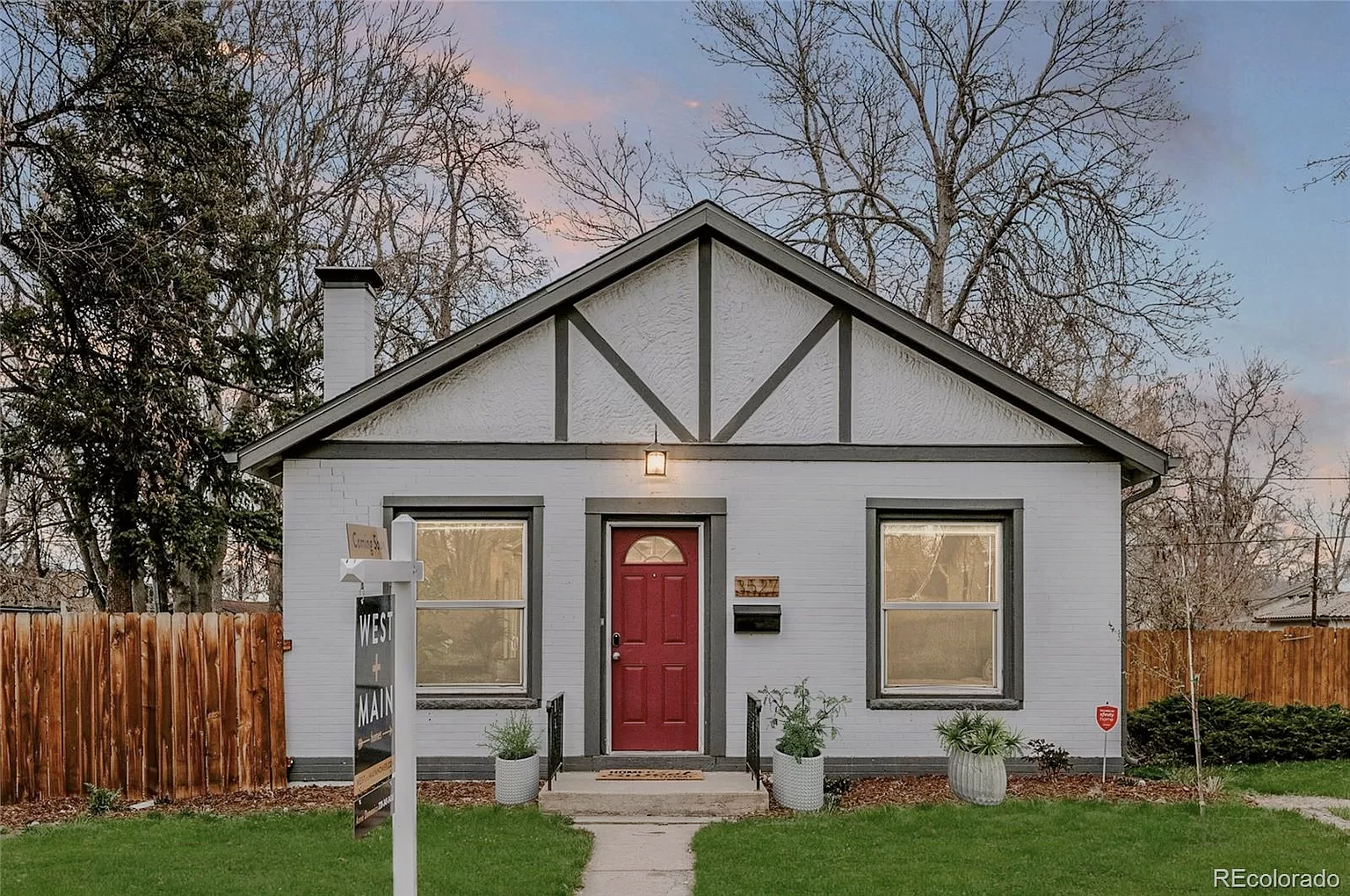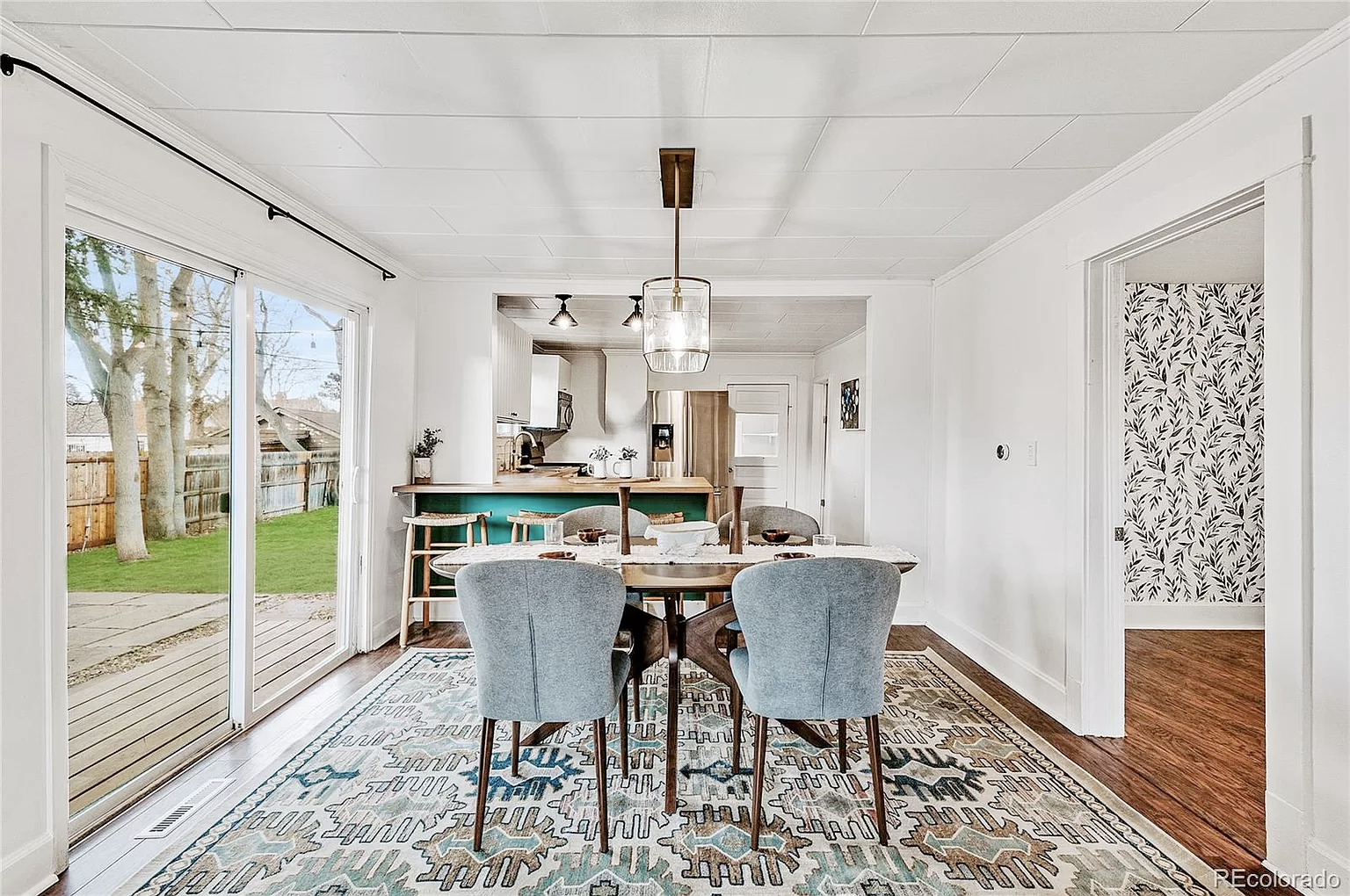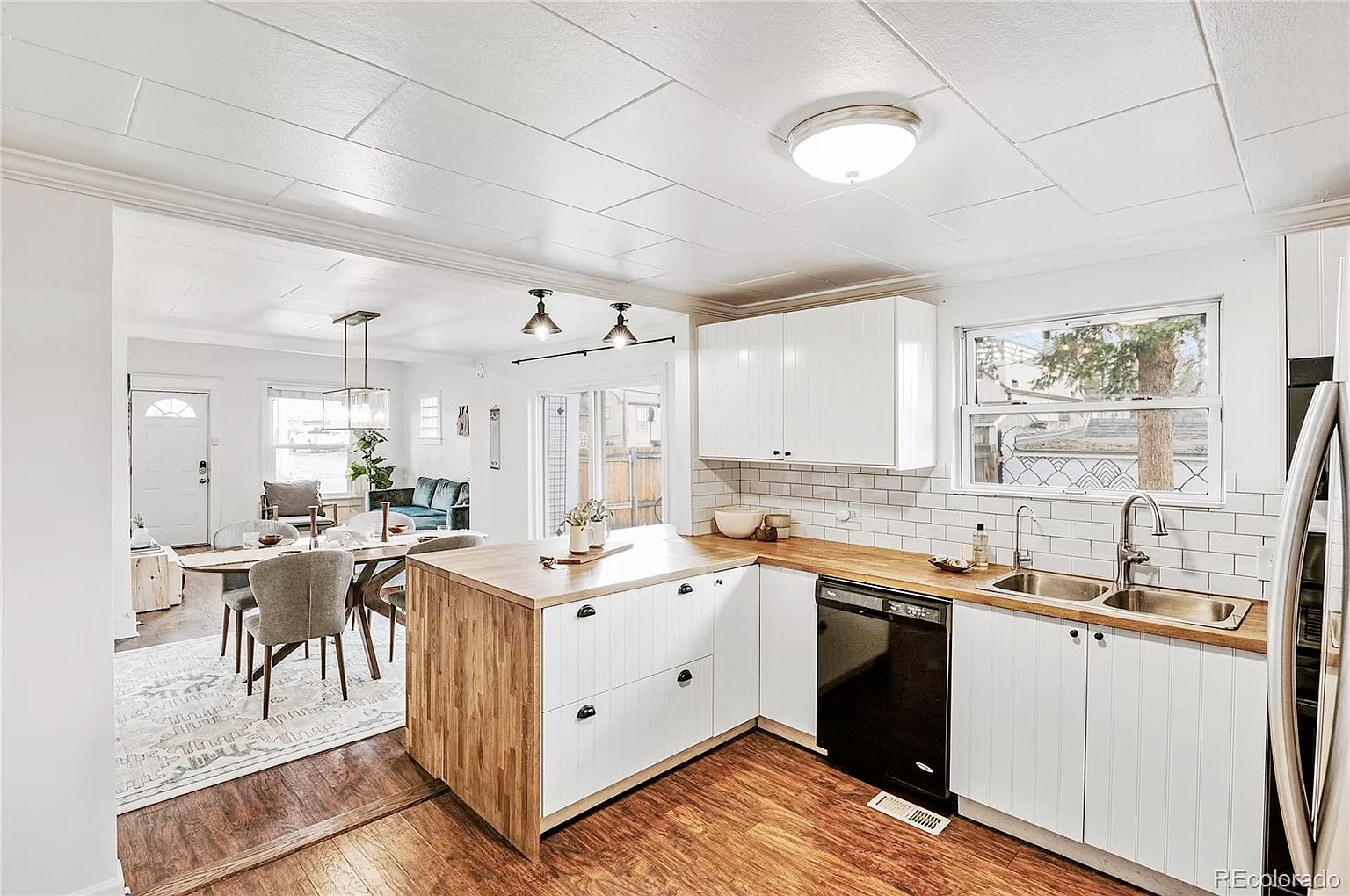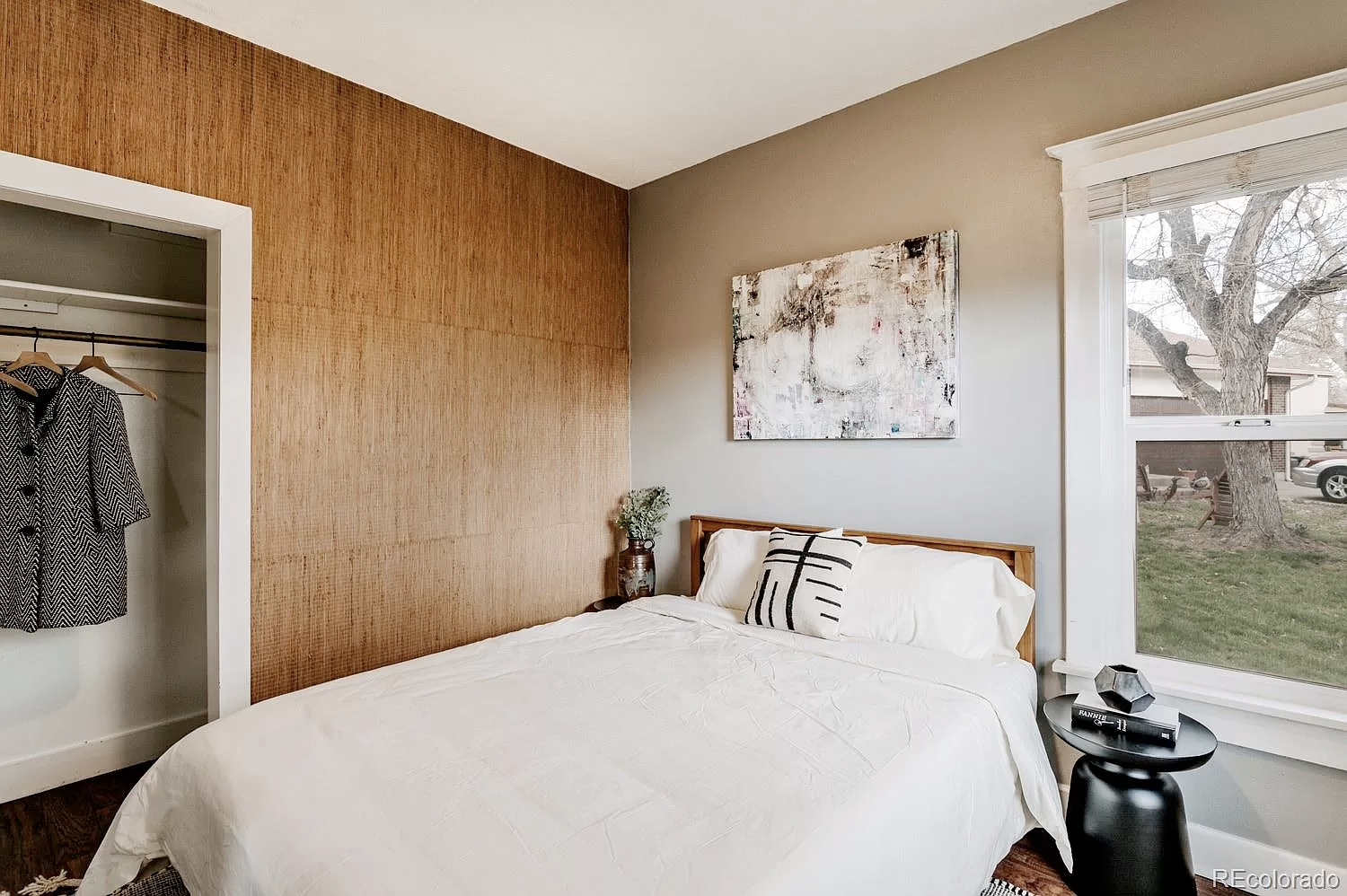If you're a Realtor who is exploring new career opportunities, or if you think that Real Estate might be a good fit for you, Contact Us or Email Us.
+ Competitive commission splits.
When we were creating West + Main's business model, we put a lot of thought into things like splits, fees, and inclusions. We decided to implement the Agent Compensation Plan that allowed our agents to keep the most money possible in their pockets. So, you control not only your costs + expenses, but also your your sales goals -- and we are here to help you achieve and exceed whatever level of production you are aiming for.
Our competitive commission splits reset every year on your West + Main Anniversary, with escalated splits based on production.
+ Full-service brokerage support.
At West + Main, we truly believe that every Realtor is capable of success in this industry -- and we also know that "success" might look very different to every single agent in our office. So, we don't make a bunch of empty promises or have unreasonable expectations, but we do have a commitment to help you get wherever you are trying to go with your sales career. Our goal is to provide our team with the support, tools, skills and knowledge they need to grow in this business.
+ Retail storefront office space.
West + Main's sunny, bright + casual storefronts are located in busy, popular retail environments, surrounded by locally-owned shopped + restaurants, with pretty much non-stop drive- and walk-by traffic. Part boutique vibe, part art gallery, we're inspired by the spaces we get to work in, and we hope that our agents and their clients are, too. You won't find rows of desks, cubicles, or landlines. No walls full of filing cabinets, stacks of office manuals or outdated marketing collateral. We're almost 100% paperless, and we're absolutely 100% deskless. There's always a comfortable place to work, meet, host, learn, create, and collaborate -- everything you need to do the daily work of Real Estate.
+ Broker-provided client introductions.
Our website is a lead machine, and each of our agents has their own website which is easily customized to reflect their specialties, niches, and personality. It's also Search Engine Optimized, has one of the best CRM's in our industry -- and it's all included in our low monthly Roster Fee. We also invest a pretty big chunk of our marketing budget toward the generation of new website traffic - which eventually converts into opportunities for our agents to meet new people, to form and nurture relationships, and to help folks make smart Real Estate decisions and moves.
+ Beautiful marketing.
Not every brokerage has an experienced team of content writers, graphic designers, bloggers and creatives behind the wheel - ours does, because providing our amazing agents and their clients with a unique, boutique experience is one of our main priorities. Sure, we also have decades of Real Estate experience, we love contracts and coaching, and we are proud to say that our team of Realtors is the BEST! But, at the heart of West + Main, you'll find stunning, innovative, and constantly evolving marketing campaigns and collateral that truly represent our agents, their expertise, their love for the home hunt, and their ability to make deals happen for their clients. Our philosophy: Real Estate marketing doesn't have to be all stock photos of keys being handed over or fake people opening doors. In fact, our listing presentation is so beautiful, it's right at home on a styled coffee table. Our postcards are right at home in a frame on the mantle. And our greeting cards, stickers, phone wallets, notebooks, neighborhood guides, hats, camping mugs, and more are stocked in the office and ready for our agents to grab and use - and they are all included in our Roster Fee. We want our brand to walk out the door, and thanks to our agents, it's quickly become well-known and respected in national Real Estate spaces.
+ We provide the best, most actually usable technology package.
What does this mean? We're not going to charge you crazy high monthly fees or splits for technology you'll never use. We love bright and shiny toys as much as the next brokerage, but after a couple decades in the business, we know exactly what the agents that we want to work with need to run their business, in an innovative and set-and-forget it way. During your onboarding session, you'll learn how to use each of the 7 platforms that we provide, and how to optimize your time on them to help your business run seamlessly and (almost) effortlessly. Have tools that you already love? Great! Keep on using those, too!
Meet our industry technology partners:
* Real Estate Webmasters - REW provides West + Main's websites, CRMs, blog + backend support. West + Main is committed to providing the latest and best in Real Estate web presence for both our agents and their clients, and REW makes sure we are at the top of the game with automatic updates.
* Mailchimp - Our weekly e-newsletter is created in-house and distributed to out agents using this simple, beautiful platform. Once you upload your contacts into your agent-managed account, all you have to do is hit SEND. Want to make it more "you"? Great! You can do that, too!
* RealSatisfied - How do you know who your biggest fans are? RealSatisfied helps you find the clients who are willing to go the extra mile for you - your biggest brand advocates, your biggest fans, and what they love about you. And we give you the tools to share their stories with everyone, everywhere.
* When I Work - West + Main agents have the opportunity (never an obligation) to work Floor Time in both our Applewood and RiNo offices. When I Work makes it easy to sign up for, drop, and trade floor shifts with the click of an app!
* G-Suite Apps - We provide the most professional email management experience for our agents with a private @westandmainhomes.com email account. Manage, archive and experience the highest quality and most secure emails, calendars, and file storage available at no additional cost to you.
* Slack - Welcome to the future of internal communication. Our team uses Slack to chat, pass files, post notifications, stay coordinated, and more. You'll never have to see another Reply All company email once you've entered the world of Slack at West + Main -- you can direct message individuals or small groups, create private channels, ask for or offer help - all with the speed of an app. Once you have Slack, you'll never go back (to internal email).
* Brokermint - Brokermint is everything - transaction file management, electronic signing, offer management, commission tracking - everything you have wanted your current system to do - with a beautiful User Interface and easy-to-use system that will make your files look as beautiful as files can possible look - all while ensuring industry compliance. Trust us, you'll love it.
+ Ongoing training + education.
West + Main Homes offers a great mix of education, training, and hands-on learning experiences, all designed to empower Realtors with the knowledge, understanding, and business-building habits that will bring success in our industry. The doors are always open, please let us know if you would like to join us, if you have any questions, or if you have a valuable class or opportunity that you would like to offer to our team. Check out our class + events schedule.
+ Collaborative team environment.
West + Main Homes hires for culture rather than production -- what exactly does this mean? We love every single person that we are lucky enough to work with, and we never want that to not be true. Our Realtors are generous, open, and collaborative. New agents have the opportunity to learn from those who are more established by not only learning and growing together in a classroom environment, but also in the real Real Estate world - from shadowing during Open Houses and client meetings, to training on-the-fly by covering showings and inspections. And, busier producers have the help they need, right on our roster! Interested in joining or leading a team, creating a mentorship relationship, or just looking for more of a hands-on way to start your Real Estate career? Let's collaborate.
+ Ownership + growth opportunities available.
At every other brokerage where we had ever worked before opening West + Main Homes, selling lots of homes seemed to be the finish line. No room for growth, no opportunities to try something new - it seemed like, if you were good at selling homes, then that was it. So, from the day we opened our doors, we wanted to make sure that great agents not only found a place where they could sell as many homes as they wanted with the support that then needed, but to also think longer-term...what about a career path? Retirement plans? The ability to take a vacation and truly have your business covered, ever? How about leading a team of successful agents and helping others thrive in our industry? Or opening an office in a neighborhood where you see potential, whether it's in Colorado, Oklahoma, Oregon, or elsewhere? Because we are independently owned and operated, we are able to say YES, to offer chances that other companies might not be so willing to provide, to support your Real Estate business even if it doesn't look like everyone else thinks it should. Have a dream? We'd love to hear all about it.



























